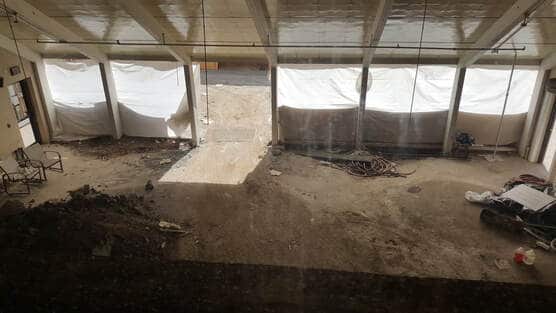Licensed: Broward, Dade, Palm Beach, Monroe, Martin, and Collier
Menu
Menu
Close
Hotels exist for the comfort and convenience of those who are traveling, whether it be abroad or locally. Ideally, they are designed and constructed in such a way that will not only keep previous clients coming back again and again, but also attract new ones. As time goes on, the world changes and so do people and their ideas of complete customer satisfaction. Hotels must adapt to these shifts, however slight, to stay ahead of the game and on top of their competition. These “adaptations” are accomplished through hotel renovations. As most hoteliers know, hotel renovations — when done thoroughly — can take a lot of time to complete, even with the most efficient crew. Another thing to consider is the cost of such a lengthy, complicated project. But, despite the fact that it is a time-consuming, expensive process, a hotel “makeover,” as it were, is always worth the investment. An updated hotel increases its profitability, its appeal to new and returning customers (guaranteeing customer satisfaction!), and its overall reputation in the eyes of all audiences.
One aspect of renovations is known specifically as the Hotel Property Improvement Plan (also known as P.I.P.) in regards to the hotel business means making the necessary upgrades to continue the success of the hotel or even to renew the reputation of the hotel entirely. These are required of branded hotels and are put into effect in order to bring the hotel in compliance with brand standards. They are meant to raise market share and lower fixed expenses while increasing profits.


A P.I.P. can be quite a burden on a hotel owner’s finances. In fact, hotel owners are almost always forced to take out loans whenever they are due for a P.I.P. Loans specialized for P.I.P.s are available. These are called Small Business Administration (SBA) loans, which can lessen the strain on financing. There are other types of loans out there, depending on the lender. When negotiating with lenders and franchisers, prioritize only the upgrades that are essential to attracting clients and set aside — but do not ignore — whatever is not. Because any late payments to contractors will significantly hinder the construction process. Planning everything out well ahead of time and keeping all contracts and documents organized will ensure a smooth hotel P.I.P. renovation.
Generally, a property improvement plan will include enhancements to features found directly in the guests’ rooms, such as sink or shower faucets, lighting fixtures and light switches, outlets, and even more. Some companies and hotel owners are calling for switches to energy-efficient equipment/technology, such as modern boilers, mechanical systems, etc. Standard property improvement plans will tackle the rooms of a hotel. Hallways, guest rooms, gyms, meeting spaces, and even — in more large-scale plans — lobbies and restaurants. Hotel P.I.P.s will also provide upgrades to different systems within the hotel, including — but not limited to — electrical systems, security systems, mechanical systems, and communication services. Other areas of focus include improvements to parking lots and landscaping, adherence to security and safety codes, and upgrades of amenities. To learn more, please go to Tip #3 here.
Source: Madilene Lauder
All Rights Reserved © 2024